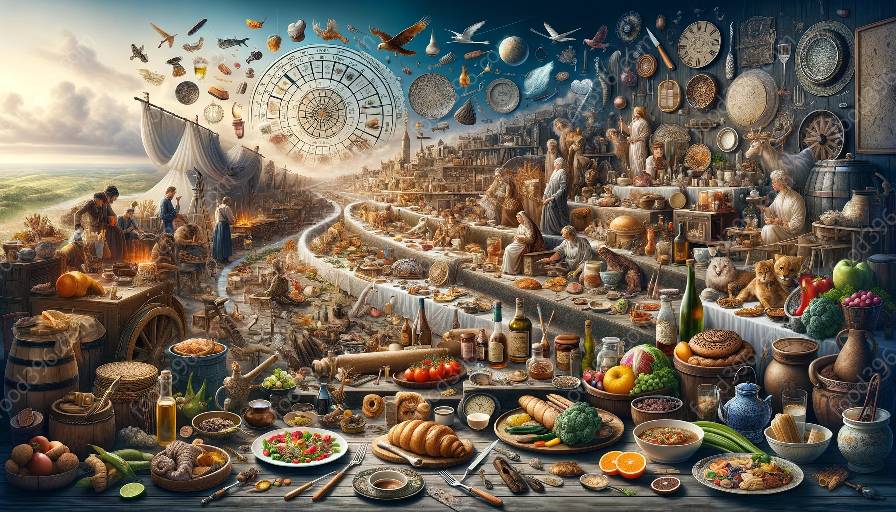The history of Spanish cuisine is a tapestry woven from the diverse interactions of numerous civilizations that have shaped the Iberian Peninsula over millennia. From the Roman conquest to the Moorish era and beyond, Spain's culinary heritage reflects a rich and complex blend of traditions, ingredients, and techniques. To truly understand the essence of Spanish food culture, it is essential to delve into the historical influences that have contributed to its evolution.
Prehistoric Foundations
The roots of Spanish cuisine can be traced back to prehistoric times, when ancient inhabitants of the Iberian Peninsula relied on hunting, gathering, and early forms of agriculture for sustenance. The diet of these early settlers included a variety of wild game, fish, fruits, and legumes, laying the groundwork for the later development of traditional Spanish dishes such as paella and fabada.
Roman Conquest
The arrival of the Romans in Spain in the 3rd century BCE marked a significant turning point in the culinary history of the region. The Romans introduced new agricultural practices, such as the cultivation of olives and grapes, which remain integral to Spanish cuisine to this day. They also brought with them culinary staples like bread, olive oil, and garum, a fermented fish sauce that flavored many Roman dishes.
Moorish Influence
One of the most profound influences on Spanish food culture came during the nearly 800-year-long Moorish rule of the Iberian Peninsula. The Moors introduced an array of new ingredients and cooking techniques, including rice, almonds, saffron, and citrus fruits, as well as the use of spices such as cumin, cinnamon, and cloves. This infusion of flavors and aromas revolutionized Spanish cuisine, giving rise to iconic dishes like gazpacho, arroz con pollo, and an assortment of delectable pastries.
Medieval Legacy
Following the reconquest of Spain by Christian kingdoms in the late 15th century, the culinary landscape continued to evolve through the influences of medieval Europe. The exchange of goods and culinary knowledge through trade and exploration further expanded the Spanish pantry, introducing new ingredients such as tomatoes, potatoes, and chocolate, all of which would become essential elements of Spanish cuisine.
Colonial Expansion
As Spain embarked on its era of colonial expansion in the 16th century, it brought back a trove of exotic ingredients and culinary traditions from the New World. The introduction of foods like chili peppers, vanilla, and various types of tropical fruits contributed to the global enrichment of Spanish cuisine, inspiring the creation of innovative recipes that blended indigenous, African, and Asian influences.
Modern Era
The 20th century witnessed a resurgence of regional culinary traditions in Spain, as well as the emergence of avant-garde culinary movements that reimagined traditional recipes with modern techniques and presentations. Today, Spanish cuisine continues to capture the imagination of food enthusiasts worldwide, celebrated for its diversity, creativity, and deep historical roots.

